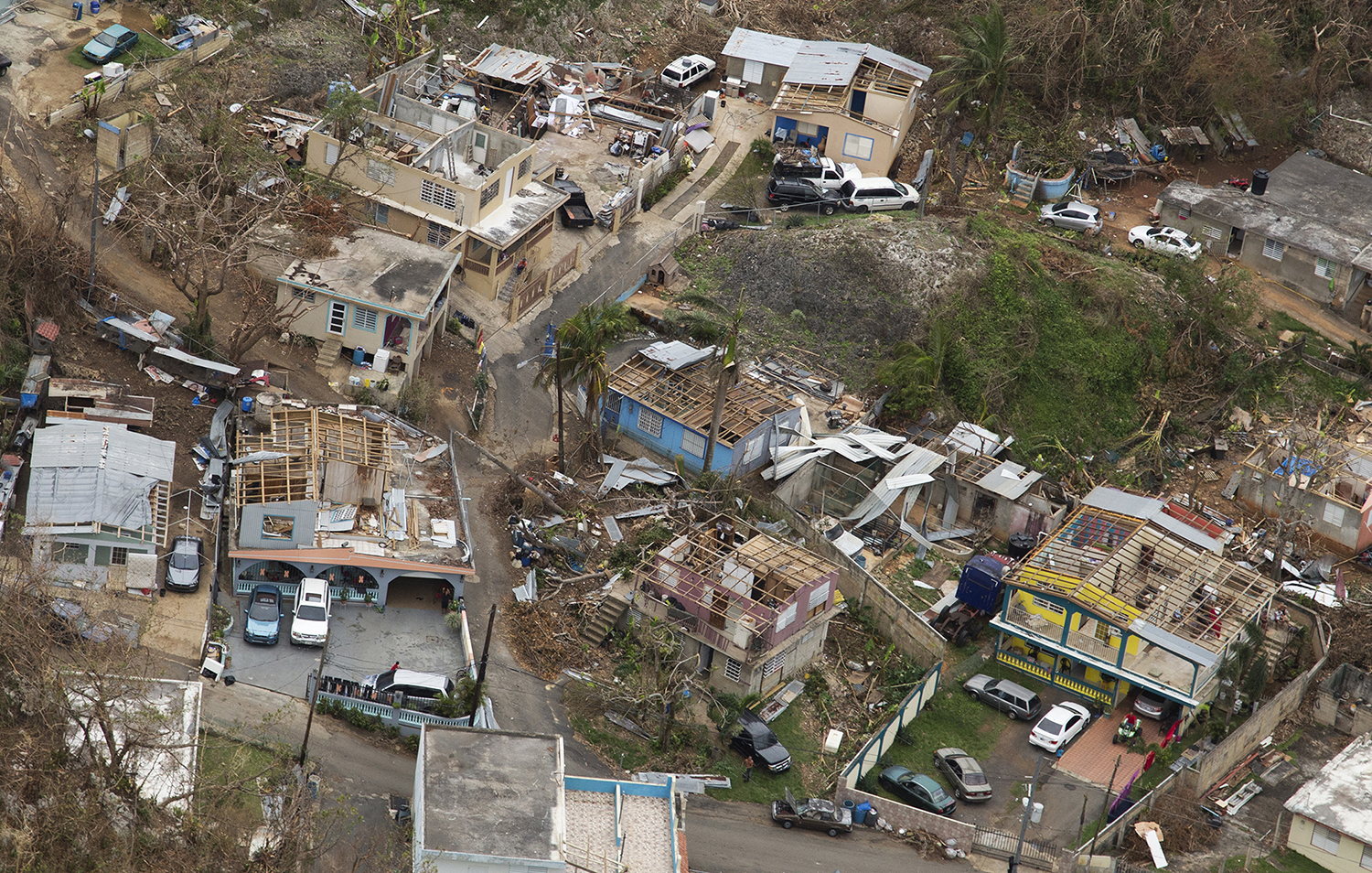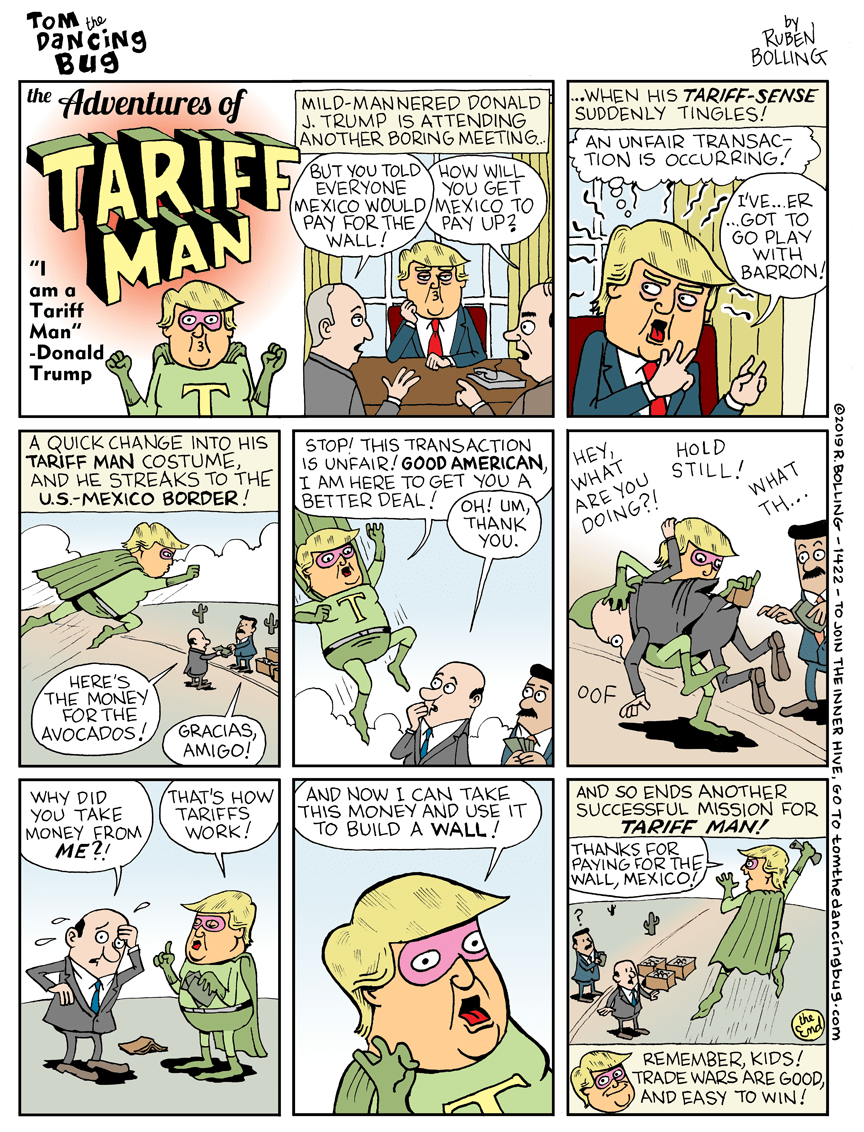Murder
and Extremism in the United States in 2018
Anti-Defamation League
Each year, ADL’s Center on Extremism
(COE) tracks murders perpetrated by all types of extremists.
 |
| From the ADL’s H.E.A.T. Map |
The 2018 Murder & Extremism report provides key insights into the crimes, including motivations behind these violent attacks.
2018 was a particularly active year
for right-wing extremist murders: Every single extremist killing — from
Pittsburgh to Parkland — had a link to right-wing extremism.
Among this report’s key
findings:
Every year adherents of a variety of
extreme causes kill people in the United States; ADL’s COE tracks these
murders.
In 2018, domestic extremists killed
at least 50 people in the U.S., a sharp increase from the 37 extremist-related
murders documented in 2017, though still lower than the totals for 2015 (70)
and 2016 (72). The 50 deaths make 2018 the fourth-deadliest year on
record for domestic extremist-related killings since 1970.
The extremist-related murders in
2018 were overwhelmingly linked to right-wing extremists.








































